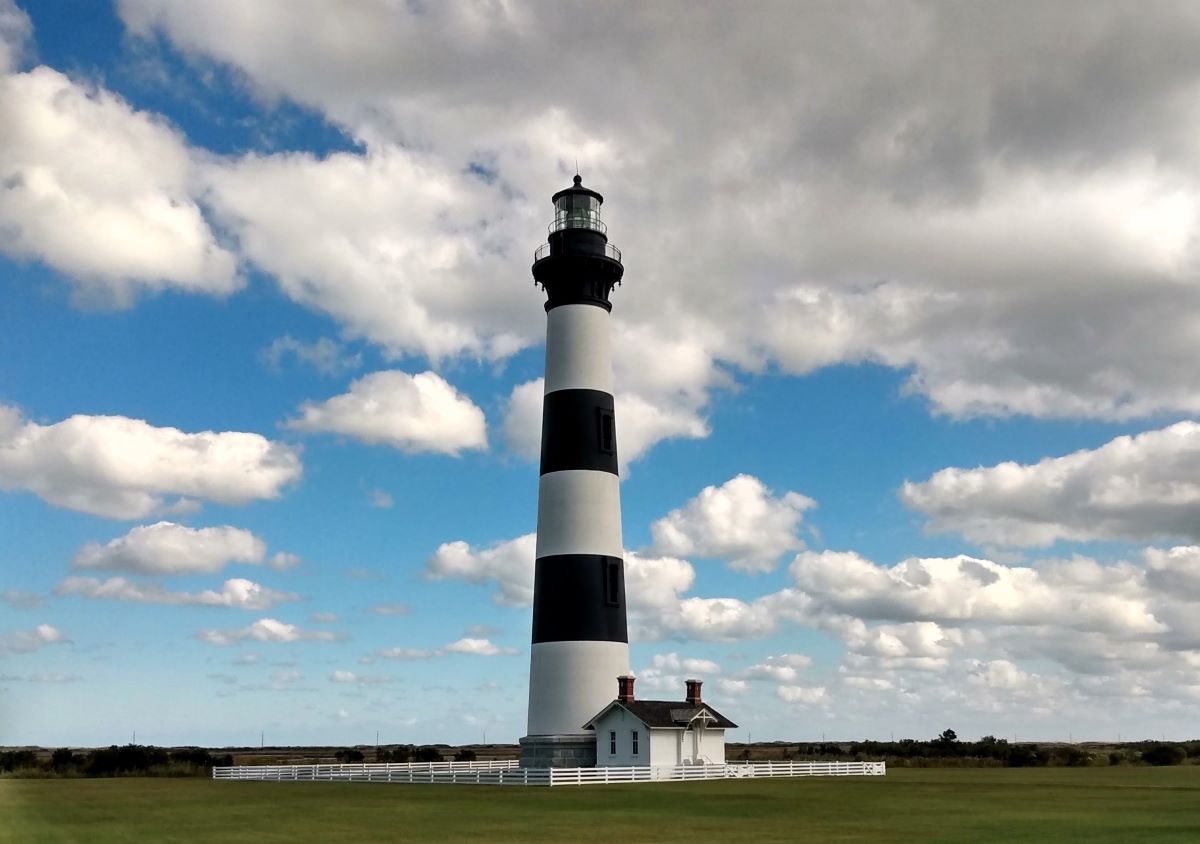
National parks on North Carolina’s coast benefited the state’s economy with nearly $1 billion last year through visitor spending, finds a recent analysis by National Park Service economists.
The five national parks — Cape Hatteras National Seashore, Fort Raleigh National Historic Site, Wright Brothers National Memorial, Cape Lookout National Seashore and the Moores Creek National Battlefield — saw a total visitor spending of nearly $724 million. Economic output to the state’s economy from that spending was around $964 million.
Supporter Spotlight
These numbers are from the larger, peer-reviewed visitor spending analysis published Monday of all 424 areas in the National Park System.
In 2022, there were 20.1 million visitors to the state’s national parks who directly spent an estimated $2.5 billion within a 60 mile radius of the National Park Service site. The visitor spending in 2022 resulted in 37,485 jobs and contributed $3.96 billion in economic output to the state’s economy.
In 2021, North Carolina national parks had 21 million visitors who directly spent $1.7 billion, ultimately benefiting the state’s economy by $2.6 billion.
“Visitors to national parks in North Carolina spent $2.48 billion and supported nearly 40,000 jobs in local communities last year,” National Park Service Regional Director Mark Foust said in a release. “From sacred spaces to wild adventures, every park in the state and across the Southeast region offers a chance to uniquely experience America’s collective heritage.”
The analysis found that there were 2.9 million visitors last year to Cape Hatteras National Seashore, which protects parts of Bodie, Hatteras and Ocracoke islands, who spent an estimated $645 million, leading to an economic output of $865 million.
Supporter Spotlight
Fort Raleigh National Historic Site in Manteo protects and preserves known portions of England’s first New World settlements from 1584 to 1590 and the cultural heritage of the Native Americans, European Americans and African Americans who have lived on Roanoke Island. The site is also home to the Waterside Theatre where “The Lost Colony” drama has been performed 1937. The site had 288,000 park visitors directly spend an estimated $19 million in the region, with an economic output of $25.5 million.
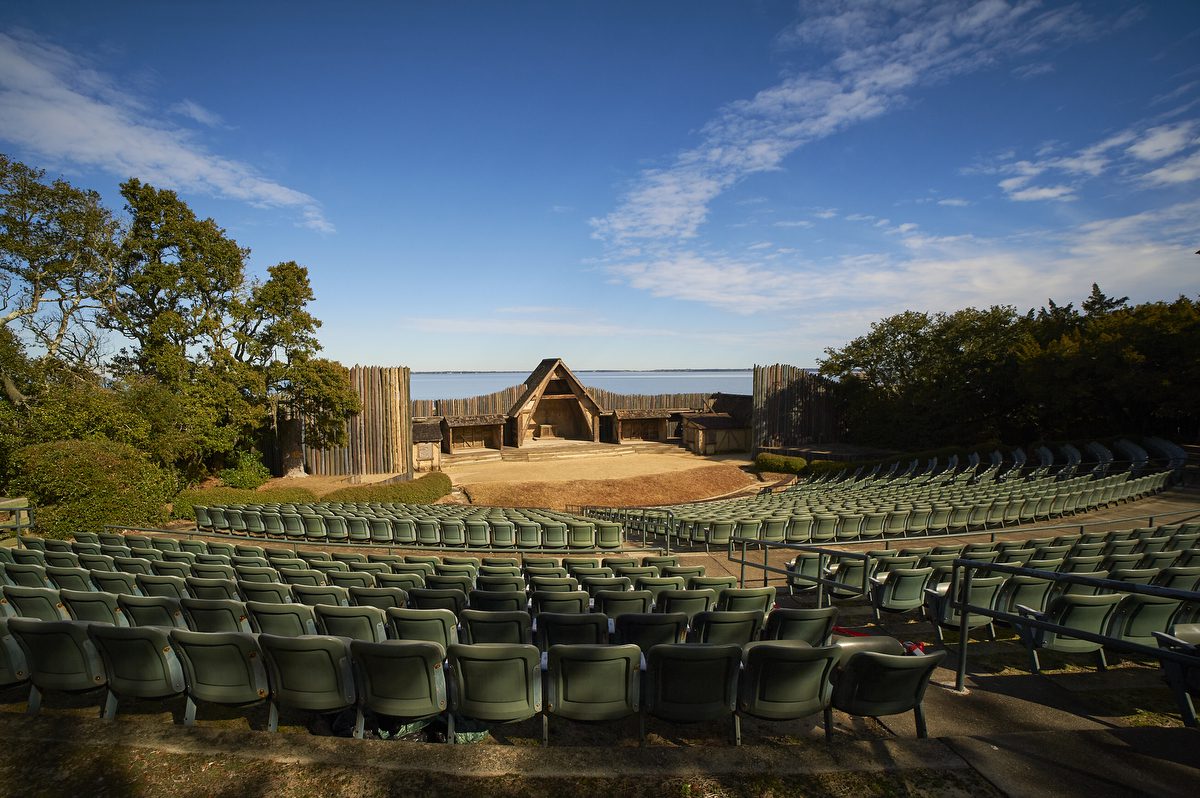
Wright Brothers National Memorial in Kill Devil Hills, which commemorates the first successful airplane flights on Dec. 17, 1903, by Wilbur and Orville Wright, had 437,000 park visitors spend an estimated $28.9 million. Economic output was $39.1 million.
National Parks of Eastern North Carolina Superintendent David Hallac, who oversees Cape Hatteras, Fort Raleigh and Wright Brothers memorial, told Coastal Review on Wednesday that in his nine years in the role, visitor numbers have been steadily climbing.
He mentioned that with Cape Hatteras, there is a significant difference between 2021 and 2022 numbers — total visitor spending was $226 million in 2021 and in 2022 it was $645 million — because the methodology was updated to demonstrate a more accurate explanation of visitor spending effects.
Since Cape Hatteras National Seashore is about 75 miles long, these visitor spending effects are being felt not only in Dare County, but also in Hyde County as well, where Ocracoke Island is located, he said.
Hallac noted that COVID definitely seemed to have an impact on park service visitation.
“Our numbers had been climbing since really 2014ish, steadily. It was not uncommon around 2014 to have somewhere around 2.1-2.2 million visits. And in 2021, which was sort of the height of COVID, if you will, we had record visitation. Not just record visitation over the last decade, but record visitation since the park was established in 1953. We had more than 3.2 million visits, compare that to 2014. It’s approximately — not exactly — but approximately a million more visits, and that’s a lot for a small park that’s only 25 to 30,000 acres, where we have long-duration, high-intensity visits.”
Hallac explained that the theory as to why is that people felt safe having a rental-based vacation or a camping-based vacation in the Outer Banks and felt very safe on the beach, but they may not have engaged in some of the more traditional visitor experiences in the national parks, such as going into a visitor center or museum, as an example, or the visitor programs where people are closer together. “So that’s a possibility. We don’t know that that’s the case.”
He continued that it appears, “I’m not sure we can say definitively — but it does appear that during COVID there was a real surge in visitation on the Outer Banks and the national parks on the Outer Banks experienced some of that surge, with the exception of places like Fort Raleigh and Wright Brothers, which actually saw very low visitation,” he said. “And that might sound a little bit strange because people had to pass both of those parks to come to the seashore.”
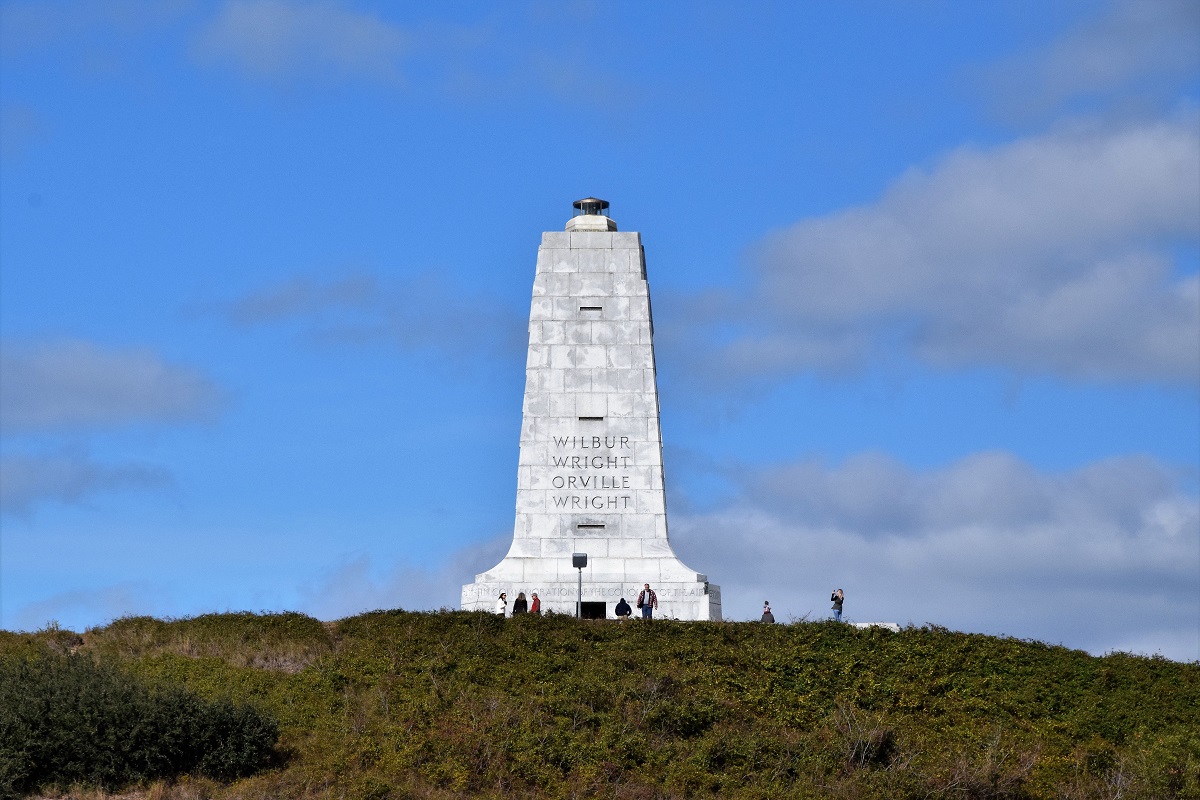
But, for Cape Hatteras, he thinks COVID resulted in a real surge of visitors and the visitor numbers have remained very high. “Not as high as that record year 2021, but certainly extremely high and certainly significantly higher than they were five or 10 years ago.”
Cape Lookout National Seashore, home to Cape Lookout Lighthouse and a herd of more than 110 wild horses that live the park’s southernmost island, Shackleford Banks, has had an increase in visitors as well.
Based in Carteret County, the seashore in 2022 saw 542,000 visitors spend around $26.8 million in the region. The total economic output was around $29.6 million.
“From 2012 through 2020, Cape Lookout National Seashore received an average of about 437,000 annual visitors. However, in 2021, we had over 560,000 visitors – an increase of about 28% over that previous average,” Cape Lookout’s Chief of Interpretation & Education Nate Toering said in a release.
“Initially, I thought this increase in visitation may have been a ‘post-COVID’ phenomenon. However, these recently published numbers indicate that this increased visitation and public spending may be here to stay. With over 542,000 visitors, 2022 proved to be well above the previous ten-year average and in line with what we saw in 2021,” Toering continued.
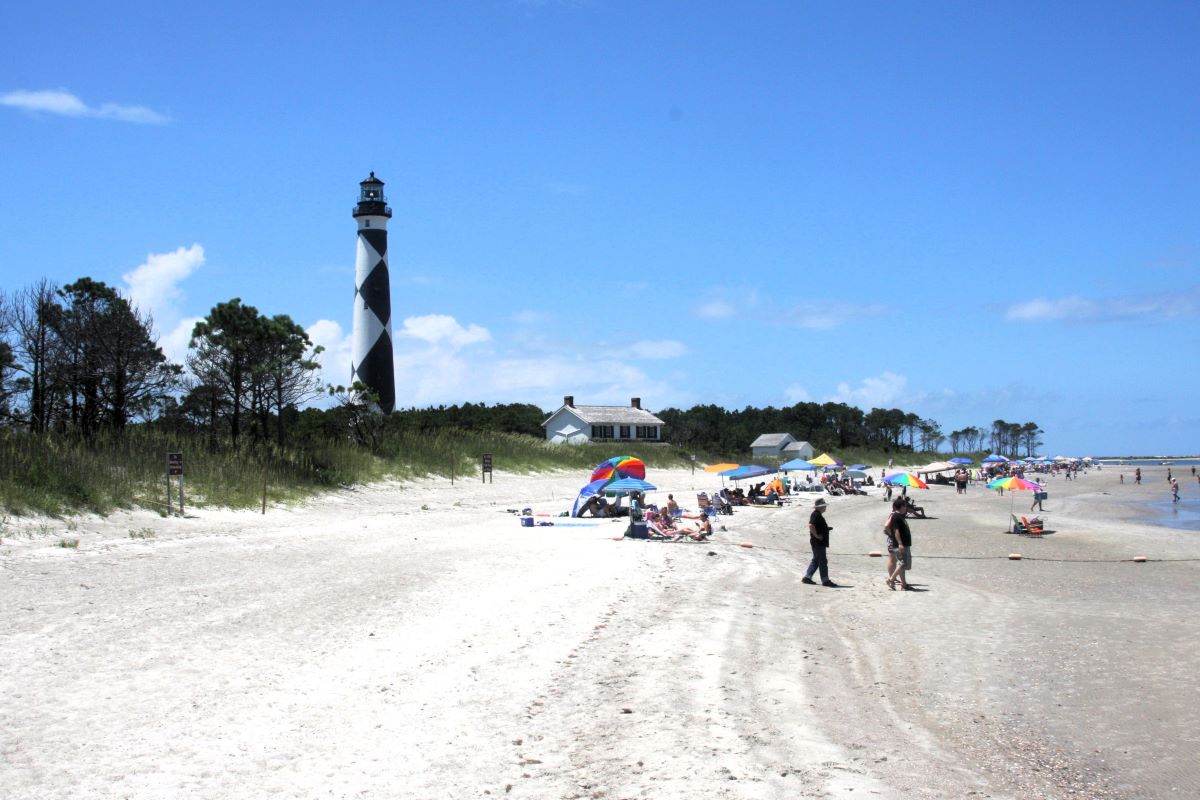
“This increase has a direct impact on local economies. Over the last two years, we’ve seen about a $7,000,000 increase in annual visitor spending when compared to the previous decade. Our visitors find serenity on the pristine, undeveloped beaches of Cape Lookout National Seashore. These recent studies show that they’re not afraid to open their wallets in the surrounding communities to get there,” he said.
In rural Pender County, Moores Creek National Battlefield, which commemorates the first significant victory for the Patriots in the American Revolution, saw 53,700 visitors spend around $3.9 million directly in the surrounding communities. The total economic output was around $4.8 million.
Superintendent Matthew Woods said in a release that people visit the battlefield “to experience the story of the first decisive Patriot victory of the American Revolution and to experience their national parks. We recognize that tourism is a critical driver to the local economy, bringing 52 jobs and 3.9 million dollars in revenue to communities within 60 miles of the park.”
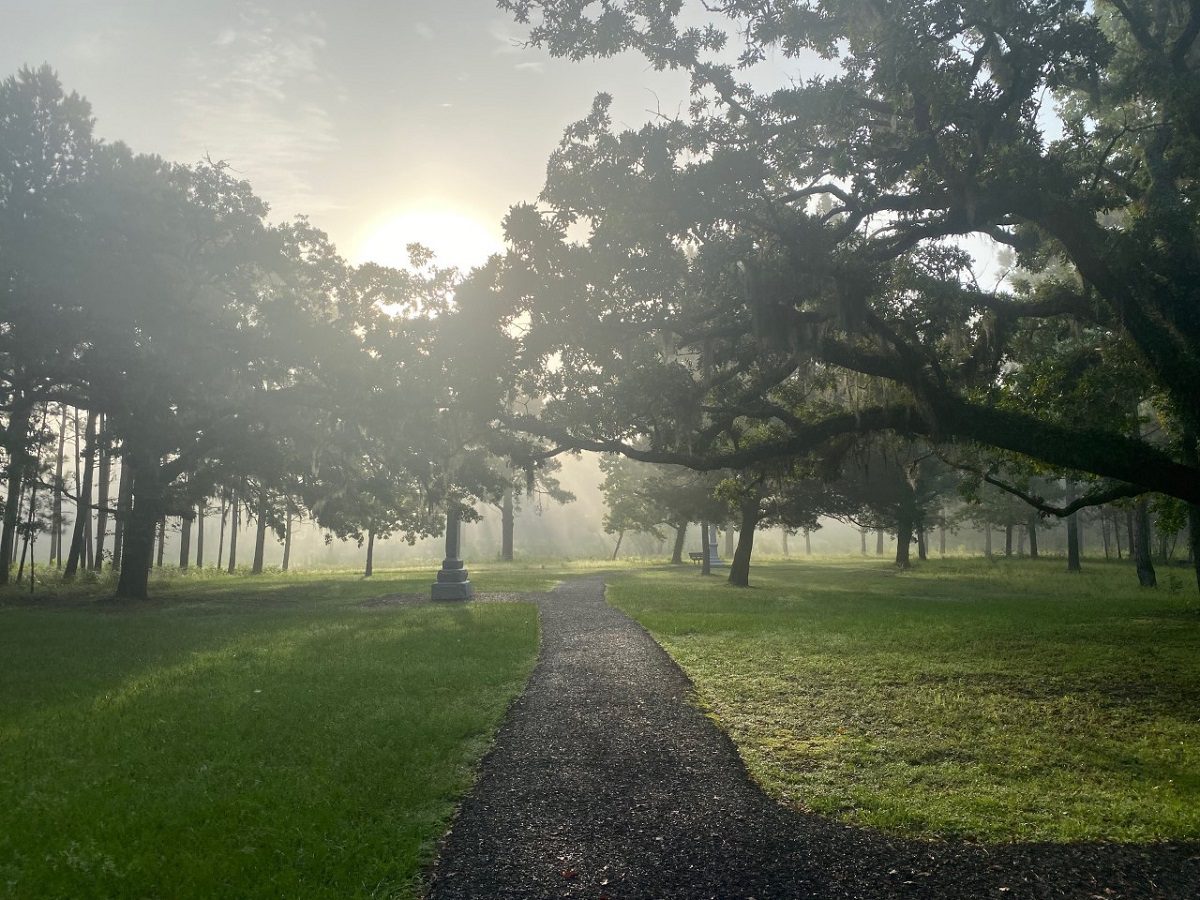
Other National Park Service sites in the state include Appalachian National Scenic Trail, Blue Ridge Parkway, Carl Sandburg Home National Historic Site, Great Smoky Mountains National Park, Guilford Courthouse National Military Park, Overmountain Victory National Historic Trail, and Trail of Tears National Historic Trail.
North Carolina’s 2.5 billion in 2022 is second only to California’s $2.7 billion in direct visitor spending.
Nationally, the economists found that nearly 312 million park visitors directly spent $23.9 billion in communities within 60 miles of a national park in 2022. This spending supported 378,400 jobs, with 314,600 of those jobs in the cities and towns where visitors stay while visiting national park sites. The cumulative benefit to the U.S. economy was $50.3 billion.
In 2021, there were 297 million visitors nationwide, with direct spending being $20.5 billion, culminating in an estimated $42.5 billion contributed to the national economy.
National Park Service Director Chuck Sams said that since 1916, the National Park Service has been entrusted with the care of our national parks.
“With the help of volunteers and partners, we safeguard these special places and share their stories with more than 300 million visitors every year. The impact of tourism to national parks is undeniable: bringing jobs and revenue to communities in every state in the country and making national parks an essential driver to the national economy,” Sams continued in his statement.
To see more about North Carolina’s parks and other states, the National Park Service and the U.S. Geological Survey have made available an interactive tool, at Visitor Spending Effects – Economic Contributions of National Park Visitor Spending – Social Science, that illustrates visitor spending, jobs, labor income, value added and output effects by sector for national, state and local economies, and year-by-year trend data.







